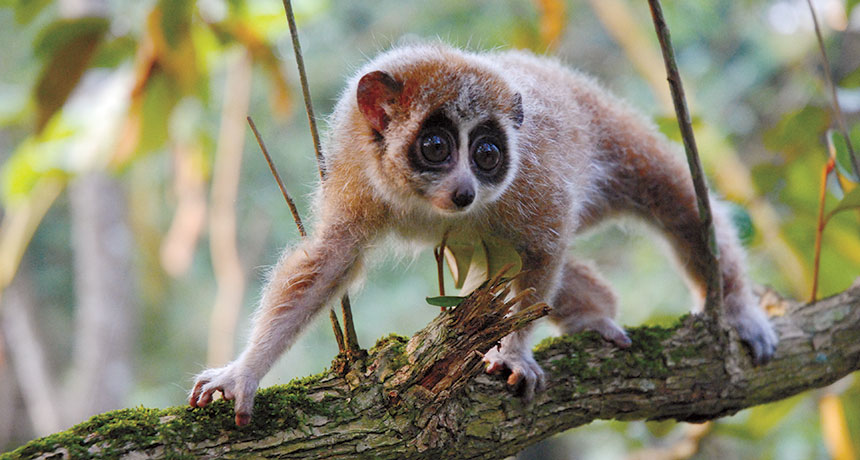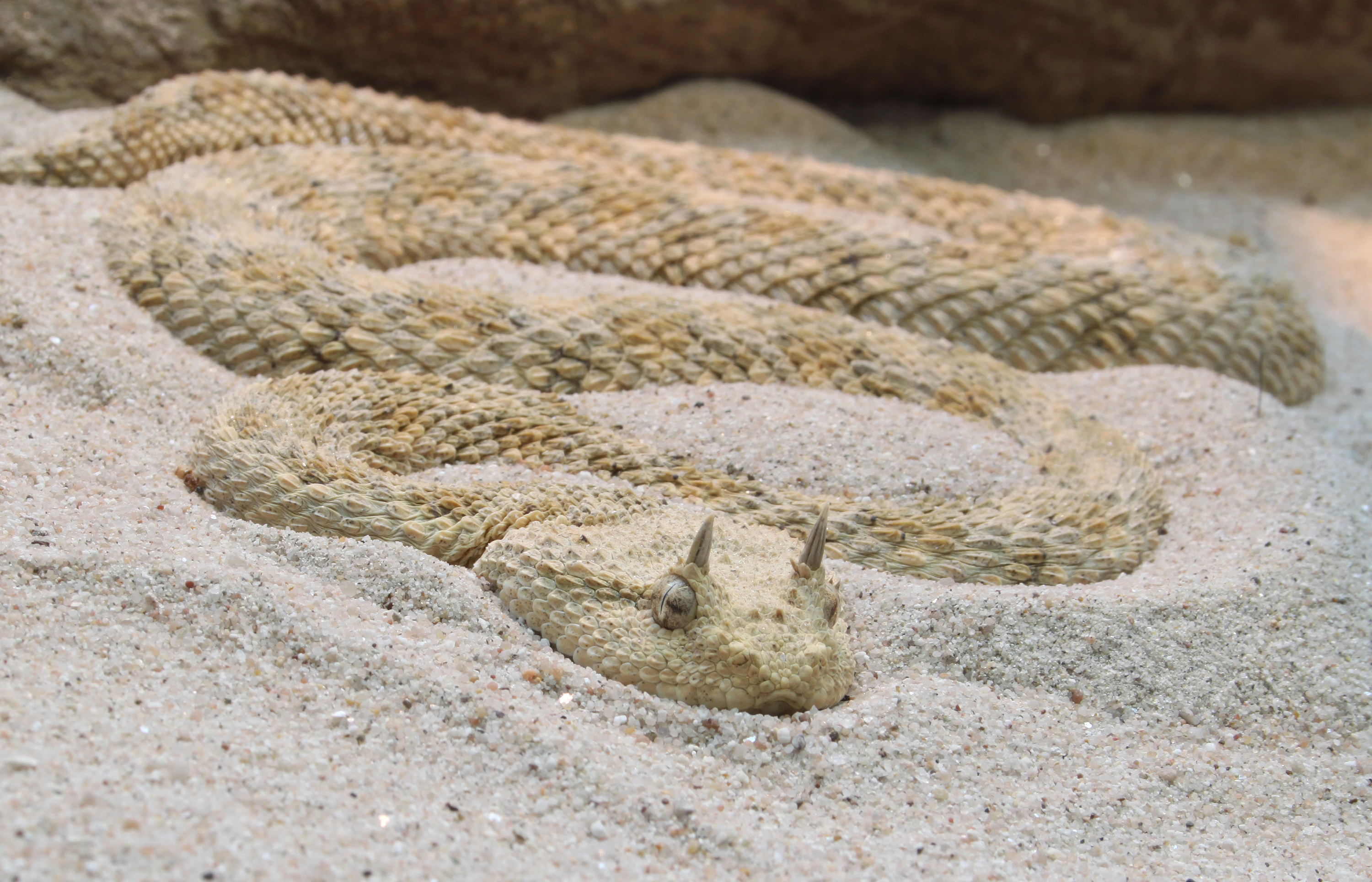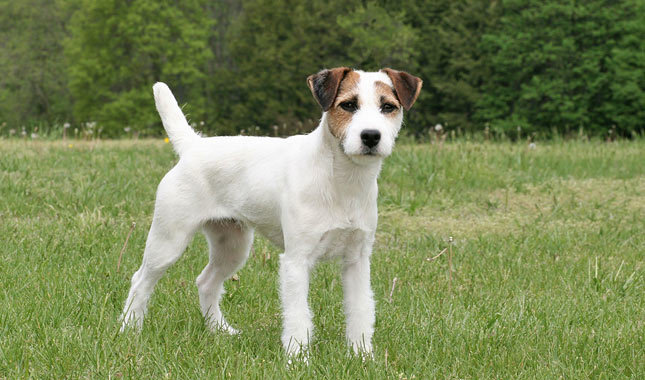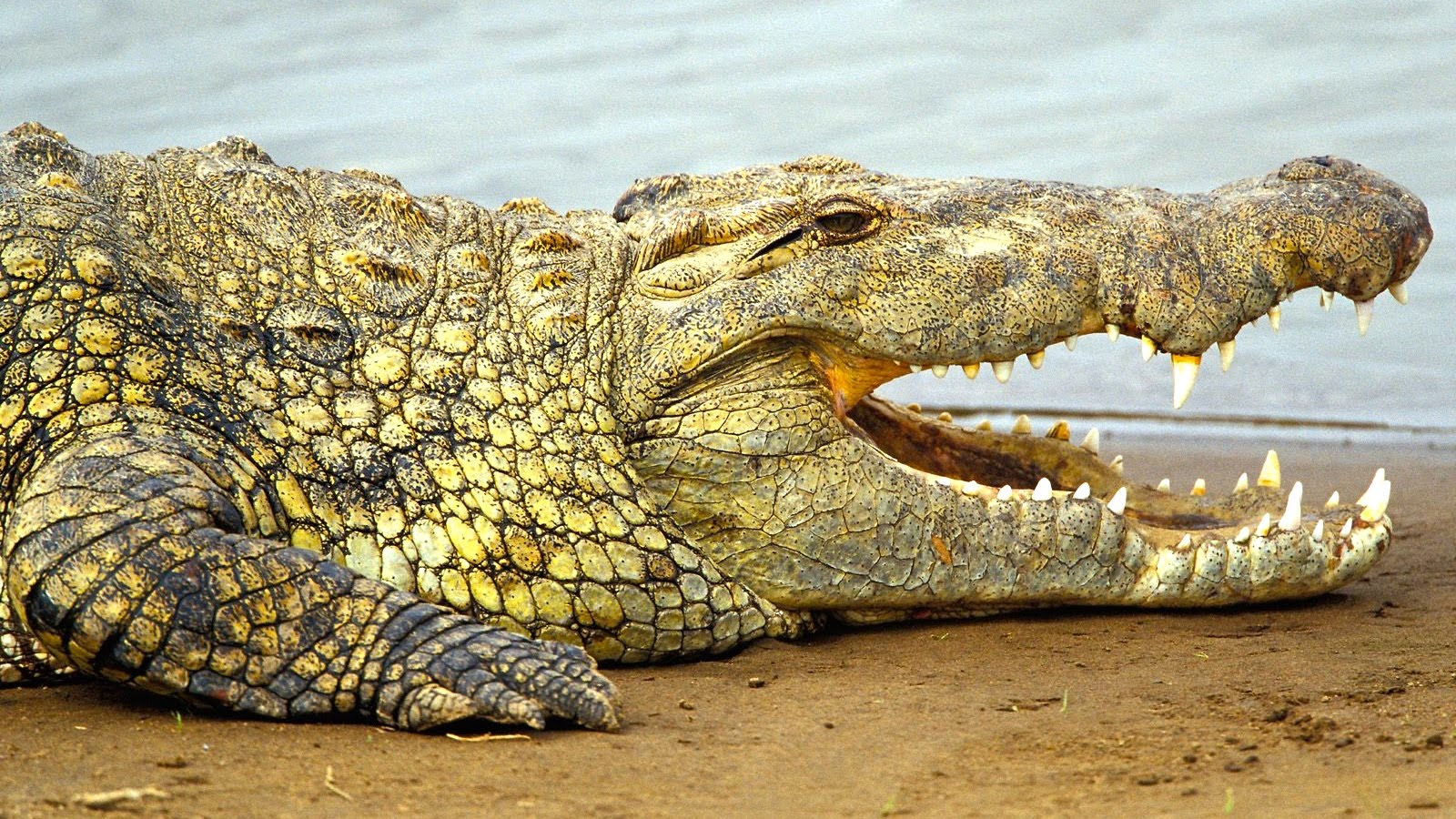Top 10 Animals With Longest Gestation Period In The World 2025
Ever wonder which critters take their sweet time baking their babies? The animal kingdom’s got some jaw-dropping records when it comes to pregnancy length. From the murky depths of the ocean to the sprawling savannas, wildlife species with extended gestation periods showcase nature’s wild variety. These mammals and vertebrates don’t rush their reproductive cycles—some stretch their breeding timeline to years! Why so long? It’s all about giving their young a fighting chance.
So, what’s the longest duration a creature carries its young? Is it an elephant, a whale, or something totally out of left field? And, just for kicks, which has the shortest period? Let’s dive into the world’s top 10 animals with the most prolonged gestation times in 2025, packed with facts to blow your mind—no asteroid hitting earth required!
Longest Gestation Period Animals On Earth
1. Frilled Shark: The Deep-Sea Dawdler
Deep in the ocean, the frilled shark reigns as the champ of vertebrate reproduction length, with a gestation period of up to 42 months—over three years! This eel-like creature, slinking through the abyss, feeds on squid and small fish, its jagged teeth snagging prey like a horror movie prop. Rarely spotted by humans, it’s a living fossil, barely changed since the oldest dinosaurs roamed.
Also Read: Most Aggressive Animals In The World
Unlike most fish, frilled sharks are viviparous, meaning they give birth to live young after an epic pregnancy. Their embryos grow at a glacial pace, about half an inch a month, thanks to the chilly deep-sea environment slowing their metabolism. A litter can include 2 to 15 pups, each ready to fend for itself. This species’ slow cycle ensures survival in a harsh, dark world, making it a marvel of nature’s patience.
2. Alpine Salamander: Mountain Mama’s Marathon
The alpine salamander, a shiny black amphibian, holds the record for the longest gestation among terrestrial vertebrates, clocking in at 36 months—sometimes stretching to five years at high altitudes! Found in the Alps’ woodlands and meadows, this viviparous critter gives birth to one or two fully formed young, skipping the egg-laying most amphibians favor. Why so long?
Also Read: Cute Animals That Can Kill You In No Time
Cold mountain climates slow their metabolism, stretching the pregnancy timeline. These salamanders, living up to 20 years, are homebodies, rarely roaming far. Their reproductive cycle is a masterclass in patience, ensuring their young are robust enough for rugged terrains. Unlike livestock, which churn out offspring quickly, alpine salamanders bet on quality over quantity. Next time you’re hiking the Alps, ponder this: a mama salamander might be carrying babies older than your toddler
3. Basking Shark: The Gentle Giant’s Slow Burn
The basking shark, a massive, slow-moving fish, ties for third with a 36-month gestation period. Found in temperate ocean waters, this carnivorous behemoth filters plankton through its gaping mouth, harmless to humans despite its size. Viviparous like its frilled cousin, it births about six pups per litter, each ready to swim solo.
Also Read: Animals Who Have Incredible Hearing Power
The length of its pregnancy puzzled scientists—little is known about its breeding habits, as pregnant females are rarely studied. Its leisurely reproductive cycle matches its laid-back lifestyle, drifting through oceans with the grace of a floating barge. These sharks, among the world’s largest fish, grow slowly, living up to 50 years. Their extended duration ensures pups are well-equipped for survival. Ever wonder what a shark nursery looks like? Picture tiny giants, ready to roam the seas
4. Spiny Dogfish Shark: The Pack-Hunting Procrastinator
The spiny dogfish shark, a coastal dweller, carries its young for about 24 months, earning a spot among animals with prolonged gestation. These pack-hunters, named for their dog-like schooling, roam temperate waters, munching on fish and squid. Viviparous, they deliver around six pups per litter, each 8 to 11 inches long. Their reproductive cycle is slow, with females birthing every two years, making them vulnerable to overfishing.
Unlike fast-breeding livestock, spiny dogfish prioritize well-developed young over quantity, a trait of K-selected species. Their spiky dorsal fins deter predators, but their long pregnancy duration leaves populations fragile. Living up to 70 years, these sharks are survivors, dodging threats like rogue waves—or an asteroid metaphorically hitting their habitat. Next time you’re at the beach, give a nod to these patient mamas
5. African Bush Elephant: The Savanna’s Patient Titan
The African bush elephant, the world’s largest land mammal, boasts a gestation period of 22 months—nearly two years! Roaming savannas and forests, these herbivorous giants birth one (rarely two) calves, each weighing around 250 pounds. Their extended pregnancy fuels the growth of their massive brains, key to their intelligence and social bonds.
Unlike the shortest cycles of small rodents, elephants’ long timeline ensures calves can walk soon after birth. Females, reaching maturity at 10–12 years, nurse for years, with herds pitching in to babysit. Their reproductive cycle is slow, birthing every 4–5 years, making conservation critical. Picture a mama elephant, trunk curled protectively, waiting patiently as her calf grows. Which animal could rival this dedication? None on land, that’s for sure
6. Asian Elephant: The Forest’s Gentle Giant
The Asian elephant, slightly smaller than its African kin, shares a 22-month gestation period, delivering one or two calves in forests and grasslands. These herbivorous mammals, with smaller ears and rounded backs, rely on their long pregnancy to craft highly intelligent young, ready to navigate complex social structures. Calves, born around 200 pounds, depend on their mothers and aunts for years.
Unlike rapid breeding in livestock, Asian elephants’ reproductive cycle stretches over years, with females birthing every 4–6 years. Their extended duration reflects nature’s focus on quality—think of it as slow-cooking a masterpiece. Threatened by habitat loss, their slow timeline makes recovery tough. Ever wonder what it’s like to wait two years for a baby? These gentle giants do it with grace, no asteroid drama needed
7. Orca: The Ocean’s Social Star
Orcas, or killer whales, carry their young for about 18 months, a long gestation for marine mammals. Found in oceans worldwide, these intelligent species birth a single calf, roughly 8 feet long and 400 pounds. Their pregnancy length supports complex brain development, vital for their tight-knit pods and hunting prowess. Orcas, carnivorous and social, rely on matrilineal groups, with females birthing every 3–5 years.
Their reproductive cycle is a slow dance, ensuring calves can swim and hunt soon after birth. Unlike the shortest cycles of small fish, orcas’ extended timeline crafts survivors. Picture a mama orca guiding her calf through waves—talk about family goals! Which vertebrate could match this bond? Few come close in the world’s vast oceans.
8. Black Rhinoceros: The Savanna’s Armored Parent
The black rhinoceros, a critically endangered mammal, endures a 16-month gestation period, birthing one or rarely two calves in savannas and scrublands. These herbivorous browsers, munching shrubs, produce calves that stand within hours, dodging predators like champs. Their long pregnancy duration ensures robust young, but slow breeding—every 2–5 years—makes recovery from poaching tough.
Unlike fast-cycling livestock, black rhinos’ reproductive cycle is a marathon, not a sprint. Their solitary nature, except for mothers and calves, adds to their mystique. Imagine a rhino mom, horn gleaming, guarding her calf like a knight. What animal could rival this grit? Their extended timeline, rooted in nature’s design, demands urgent conservation. No asteroid hitting earth could hit harder than habitat loss for these armored giants.
9. Sperm Whale: The Deep’s Devoted Diver
The sperm whale, the largest toothed whale, carries its young for 16 months, a long gestation for marine mammals. Diving deep into oceans worldwide, these carnivorous giants birth a single 13-foot calf, weighing a ton. Their pregnancy length fuels massive brain development, key to their complex social pods. Females, birthing every 4–6 years, rely on pod support, a testament to nature’s teamwork.
Unlike the shortest cycles of tiny fish, sperm whales’ extended timeline crafts calves ready for deep dives. Picture a mama whale nudging her calf to the surface—pure magic! Which vertebrate matches this dedication? Their reproductive cycle, slow and steady, ensures survival in vast oceans. No asteroid could shake their resolve, but overfishing might. These ocean nomads are wildlife royalty.
10. Walrus: The Arctic’s Blubbery Breeder
The walrus, a hefty marine mammal, rounds out our list with a 16-month gestation period. Found in cold Arctic waters, these omnivorous giants birth a single calf, born with fur and open eyes, ready to swim. Their long pregnancy duration, including delayed implantation, ensures calves have enough blubber for icy seas. Females, birthing every 2–3 years, form crèches to protect young, a cozy Arctic daycare.
Unlike rapid breeding in livestock, walruses’ reproductive cycle is a slow burn, prioritizing sturdy calves. Picture a walrus mom, tusks gleaming, cuddling her calf on an ice floe—heart-melting! What species could top this chill vibe? Their extended timeline reflects nature’s focus on survival. No asteroid hitting earth could faze these blubbery champs, but melting ice might.
Why So Long? The Nature of Gestation
Why do these animals endure such prolonged gestation periods? It’s not just about size—though that’s a factor. Mammals like elephants and whales need time to build complex brains and bodies, while vertebrates like sharks and salamanders adapt to harsh environments. Extended cycles ensure young are born ready to roll, whether dodging predators or diving deep. Unlike the shortest cycles of rodents or insects, these species bet on quality, not quantity.
Which animal has the slowest reproduction cycle? The frilled shark and alpine salamander are neck-and-neck, with gestation times stretching beyond human patience. In 2025, as we marvel at wildlife’s wonders, let’s protect these patient parents. After all, no asteroid hitting earth should end their epic breeding sagas. Keep pondering: what’s the world’s next record breaker?




